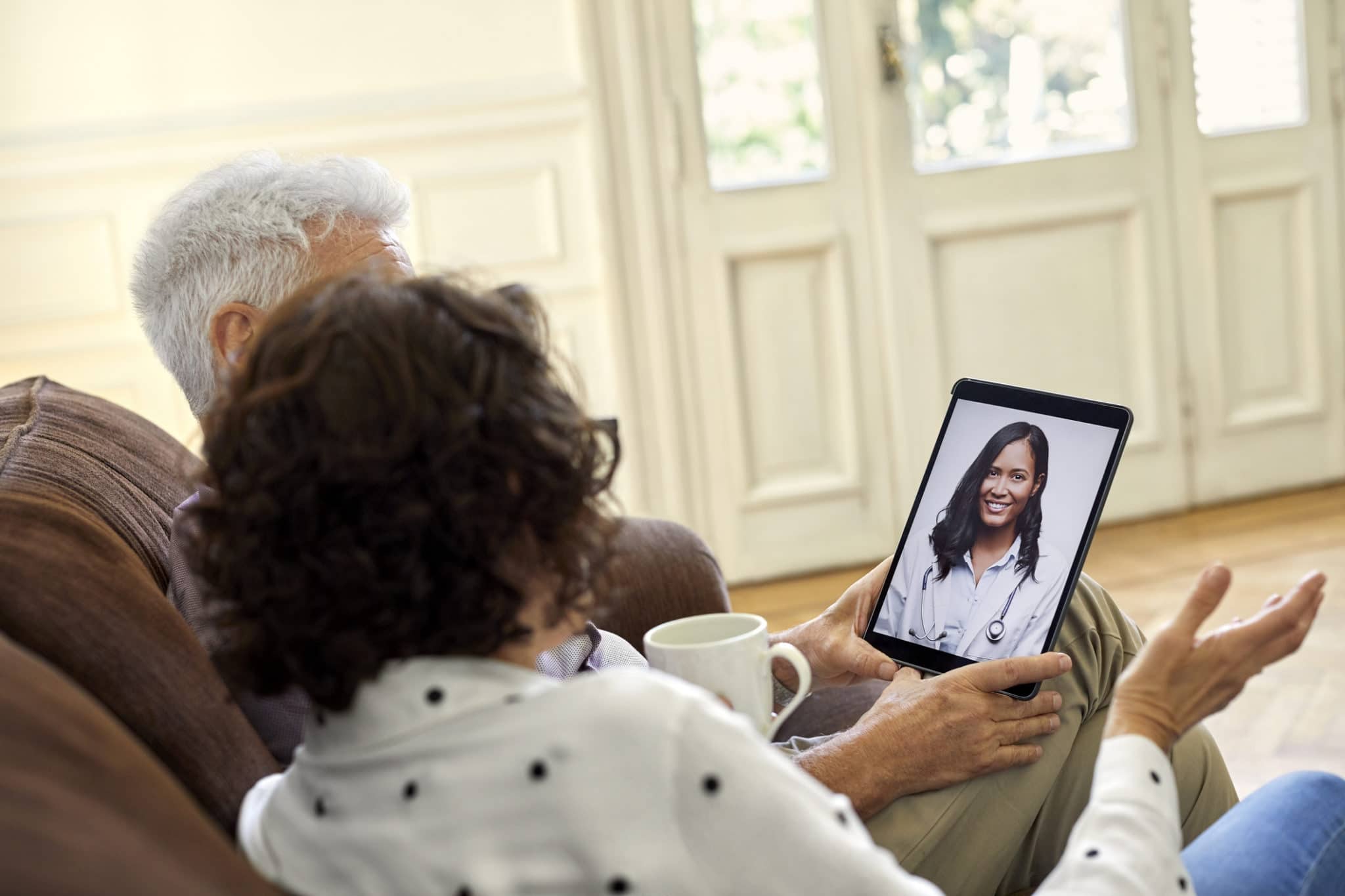At a time when nearly one in five adults in the US lives with a mental illness, and life expectancy has declined for three years in a row, the need for accessible behavioral care and treatment is more evident than ever.
Enter telehealth, one of the greatest tools behavioral healthcare providers have to combat the growing need for mental health care. Professionals across the country are leveraging telehealth to provide services, such as therapy, remotely, helping to overcome barriers to care such as cost, time, and even stigma. Combined with a shortage of mental health professionals—most acute in rural areas—healthcare technology is critical to getting care where it needs to go.
The ability to provide remote healthcare services is a growing demand for providers of all fields. Not only does technology like video collaboration increase access to care but also improves the quality and continuity of care.
Because behavioral health professionals have paved the way for the clinical use of telehealth, providers in other fields can examine the impacts and consider if telehealth is the right option for them. Here are five lessons we can extract.
1. Telehealth increases access to mental healthcare
Distance is a huge obstacle and a growing problem for medically underserved communities, especially in rural locations where just a few mental health specialists—if any—serve a disproportionate number of patients. According to a study by the American Journal of Preventive Medicine, 65% of rural locations don’t have access to a psychiatrist, and even more don’t have access to a psychologist.
Telepsychiatry, a subset of telehealth centered on mental health, breaks down the geographic barriers of mental healthcare. By using tools like video conferencing, patients receive care, treatment, and education from the convenience of home using just an internet connection. In fact, the National Institute of Mental Health (NIMH) pointed out that rural America has seen a surge in the use of iPads and video conferencing tools for remote care.
2. Video yields the best patient outcomes
Studies show that 93% of communication is determined by nonverbal cues, and that’s just as true in the healthcare industry. When face-to-face interactions are removed from healthcare—such as with virtual care that doesn’t utilize video—patients don’t receive the follow-ups and reminders that they need.
Traditionally, patients received care by going to their providers’ clinics and getting in-person diagnoses. Telehealth—specifically video conferencing—emulates the in-person visits that patients are used to. It encourages patients to ask more questions, continue treatments, and prevent major complications before they arise.
3. Telepsychiatry reduces trips to the ER
When distance and lack of specialists prevent people from getting the help they need, trips to the ER become more frequent. This becomes a cyclical issue as most hospitals don’t have the resources to handle patients with serious mental illnesses.
The practice of telepsychiatry isn’t just for the treatment of behavioral issues but also for prevention. By breaking down the barriers of distance, telepsychiatry tools like video enable professionals to provide ongoing psychiatric evaluations and emergency crisis interventions.
4. Specialists can join the conversation to provide primary care
It’s common for mental health patients to need care beyond evaluations and therapy sessions, but many also don’t seek the help they need. Reasons could include little or no access to other services, no time due to work, or the stigma associated with seeking mental care.
Behavioral care providers using telehealth don’t need to wait to get patients further care. Patients can be escalated from counselors to psychiatrists and other professionals much quicker than in-person clinical visits.
5. Telehealth reaches at-risk populations
Mental health services are at an intersection of two problematic trends: the rise of healthcare costs and the shortage of mental health professionals. Areas with low-income populations are particularly vulnerable to having mental health go unchecked.
Medicaid offers reimbursement for live telepsychiatry sessions in most states. At-risk populations use Medicaid to seek professional psychiatric services via video conferencing, and according to a study by RAND Health Care Communications, has actually been quite popular.
Providing video conferencing care to your patients
As telehealth continues to see adoption, video conferencing will play an ever-critical role in the future of healthcare. From care coordination to primary care and education, video conferencing has provided tremendous benefits to mental health professionals and patients alike. These benefits will apply to other fields of healthcare as we see primary care physicians, allergists, dentists, and more incorporate video technologies into their care.
Learn more about how video is making an impact on care. Request a demo today!
Originally published Apr 18, 2020, updated Oct 18, 2023





